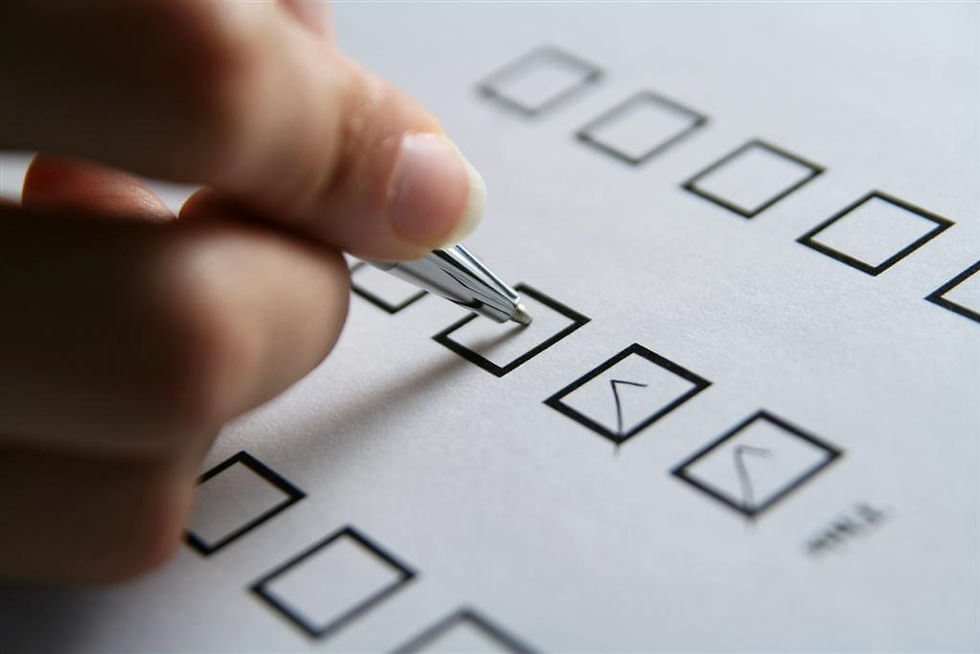The Power of Single-Tasking: How Focusing on One Thing Can Boost Your Productivity
- Josif TOSEVSKI

- 2 hours ago
- 3 min read
You might think that juggling a dozen flaming batons while riding a unicycle is the secret to getting more done. Surprise! It's not. In reality, when your brain is trying to multitask like a circus performer, the quality of your work can end up looking like a clown show, and progress crawls slower than a turtle on a lazy Sunday. If you feel like you're drowning in a sea of tasks, it's time to change your game plan. Focusing on one task at a time can elevate your productivity, cutting through stress with precision and achieving outstanding results like a dart champion on a caffeine high.
Why Multitasking Reduces Productivity
Many believe multitasking saves time, but studies show it often leads to mistakes and longer completion times. When the brain switches between tasks, it uses extra energy and loses focus. This constant shifting makes it harder to retain information and slows down progress.
For example, trying to answer emails while attending a virtual meeting can cause you to miss important details in both. The brain struggles to give full attention to either task, which means you might have to revisit them later, doubling your effort.

The Benefits of Single-Tasking
Focusing on one task at a time offers several advantages:
Improved concentration: Your brain can fully engage with the task, leading to higher quality work.
Faster completion: Without distractions, tasks get done more quickly.
Reduced stress: Managing one thing at a time feels less overwhelming.
Better memory: Concentrated effort helps retain information longer.
Greater satisfaction: Completing tasks fully gives a sense of accomplishment.
How to Practice Single-Tasking Effectively
Switching to single-tasking requires intentional habits. Here are practical steps to help you get started:
Make a List and Prioritize
Write down all your tasks. Seeing everything in one place helps clear your mind and reduces anxiety. Then, rank tasks by importance or deadline. Start with the most critical item and focus solely on it.
Set Time Blocks
Allocate specific time periods for each task. For example, dedicate 30 minutes to writing a report without interruptions. Use timers or apps to keep track. This creates a clear boundary and helps maintain focus.
Remove Distractions
Turn off notifications on your phone and computer. Close unrelated tabs or apps. Find a quiet space if possible. Minimizing interruptions supports deeper concentration.
Take Breaks Between Tasks
After finishing a task, take a short break to rest your mind. Stretch, walk, or practice breathing exercises. This refreshes your focus for the next task.
Use Mindfulness Techniques
Mindfulness helps train your brain to stay present. Simple practices like focusing on your breath or noticing your surroundings can improve attention span over time.
Real-Life Example of Single-Tasking Success
Consider a writer who used to juggle multiple projects daily. They often felt exhausted and struggled to meet deadlines. After switching to single-tasking, they began listing tasks by priority and dedicating focused time blocks to each. Within weeks, their writing quality improved, deadlines were met consistently, and stress levels dropped significantly.
Overcoming Common Challenges
Switching from multitasking to single-tasking can be difficult. Here’s how to handle common obstacles:
Feeling impatient: Remind yourself that quality matters more than speed.
Interruptions: Politely inform others of your focused time or use “do not disturb” signs.
Urgent tasks: If something urgent arises, pause your current task, handle the emergency, then return to your list.
Tools That Support Single-Tasking
Several tools can help maintain focus:
Task management apps: Trello, Todoist, or Microsoft To Do for organizing and prioritizing.
Focus timers: Pomodoro timers encourage working in short, focused bursts.
Noise-cancelling headphones: Block out background noise to improve concentration.
The Power of Single-Tasking
Kick off by setting priorities and tackling the most important tasks first! By doing this, you'll feel energized and far less stressed compared to juggling multiple tasks at once.



Comments